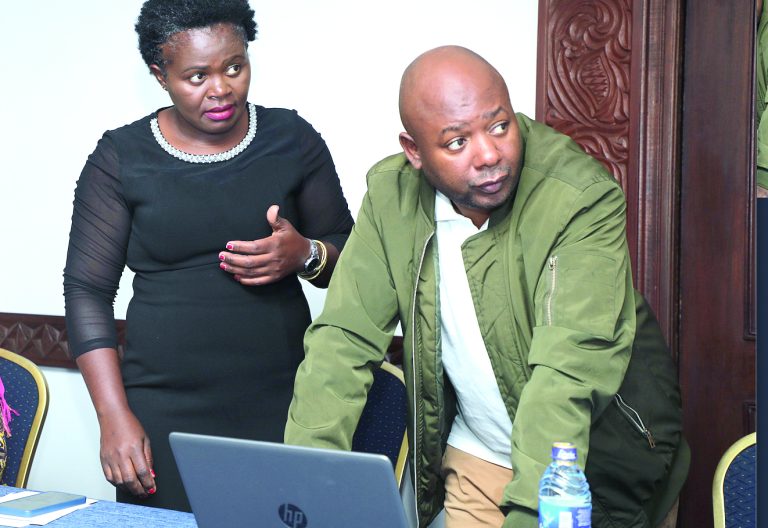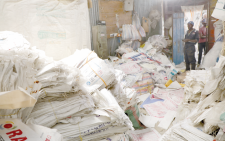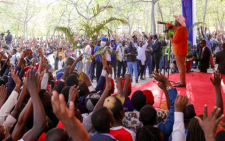Scores of adolescents living with mental illness – Report

A big population of children is sick but sadly not aware of it, Dr Christine Wambugu, the Head Division of Adolescent and School Health at the Ministry of Health, said, referring to prevailing statistics from diverse sources.
A cocktail of challenges facing youngsters aged between 10 to 19 years has raised fresh concerns about the future of the country’s young population, and their mental health is at stake here.
“Mental illness among the adolescents is a major challenge,” Dr Wambugu noted, pinpointing various complex health challenges as the source, including limited access to adolescent-friendly healthcare services, malnutrition, teenage pregnancies, sexually transmitted infections (STIs), HIV, and even climate change.
She said during a media sensitisation workshop in Nairobi that these challenges are not new, but because they have not been addressed appropriately overtime, they are about to burst at the seams.
Adolescent male comprise 22.1 percent about 5.7 million of the total Kenyan male population of 26 million with the female counterpart numbers comprising 22.2 percent or 6 million of the total Kenyan female population of 26.4 million.
According to the Kenya National Bureau of Statistics (KNS), this means that there are 11.7 million adolescents.
According to the Kenya National Adolescent Mental Health Survey (K-NAMHS) conducted in 2022, it emerged that the rate of anxiety among members of this group was increasing at 10 percent and 7 percent among adolescents with depression.
“Imagine having 1.17 million adolescents suffering anxiety and 819, 000 battling depression and they are not aware of it!” she posed, calling for a complete paradigm shift in addressing this matter. Dr Wambugu said, “We need all hands on deck to prepare our young people for a better future for them.”
From the survey, it emerged that many young people reported feelings of self-harm and substance use, which are fuelled by societal expectations and academic pressure.
However, mental health services for adolescents remain limited, it further emerged.
The Kenya Demographic Health Survey (KDHS) report for 2022 indicates that 18 per cent of adolescent girls aged 15-19 are underweight, while 13 per cent are overweight or obese.
There has been an increase in the proportion of wasted adolescent girls, rising to 18 percent from 15 percent in 2014, and the experts say this upward trajectory should concern everyone.
Additionally, according to the KDHS, 13.8 percent suffer from anaemia, while 15.6 percent have iron deficiencies, and 7.6 percent experience iron deficiency anemia, with 65 percent failing to consume the recommended minimum number of food groups.
Interestingly, again this is the age group surveys show is most impacted by the Triple Threat, a combination of new HIV infections, Sexual Gender-Based Violence (SGBV) and teenage pregnancies.
“Sexually transmitted infections (STIs), HIV, and gender-based violence continue to hinder progress, largely due to limited access to sexual and reproductive health services,” according to the KDHS, 2022.
Currently, about 29 percent of new HIV infections in Kenya are among adolescents, with girls aged 15-19 representing 70 percent of these cases as reported by the joint United Nations Programme on HIV and AIDS (UNAIDS 2023).
“This highlights the urgent need for effective adolescent health programs focused on HIV prevention, testing, and care,” according to Dr. Kisia Jacqueline, Director of Sexual Reproductive Health at the department of Reproductive, Maternal, Newborn, Child and Adolescent Health (RMNCAH) at the Ministry.
Teenage pregnancy in Kenya according to KDHS, 2022, is a pressing issue, with 15 percent of girls aged 15-19 having experienced pregnancy.
“We would like this to be lower than that because children should not be having children,” she said, but added, “and our level best in terms of trying to see what’s the best way to approach this is first we have our policy, which definitely protects the child from any gender based violence, which includes defilement and SGBV.”













